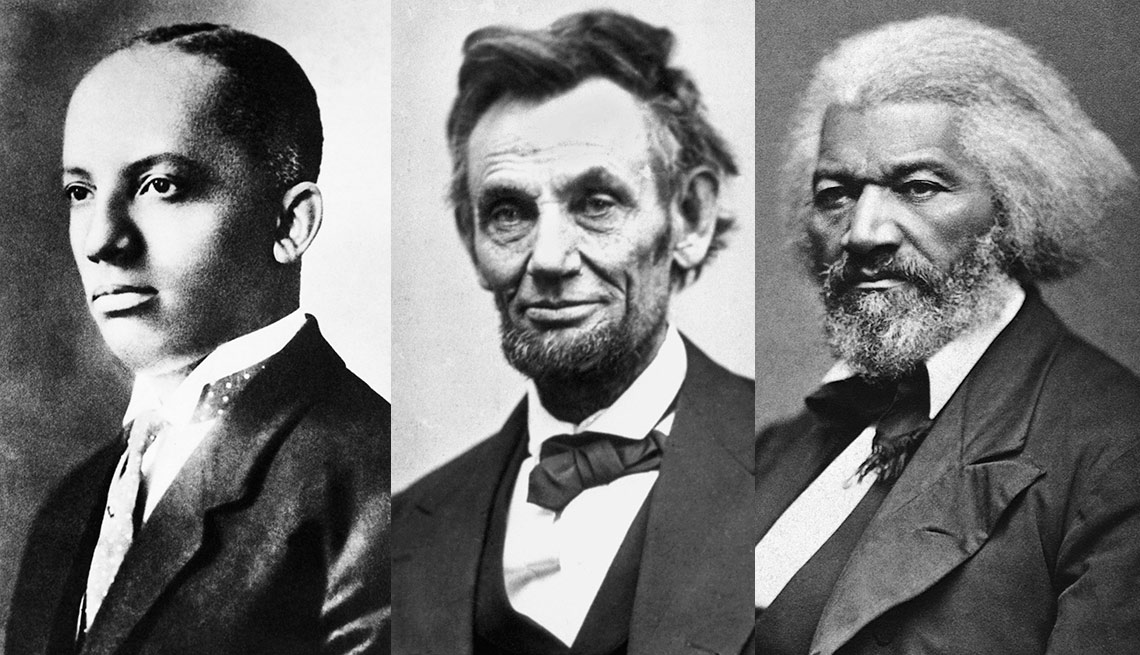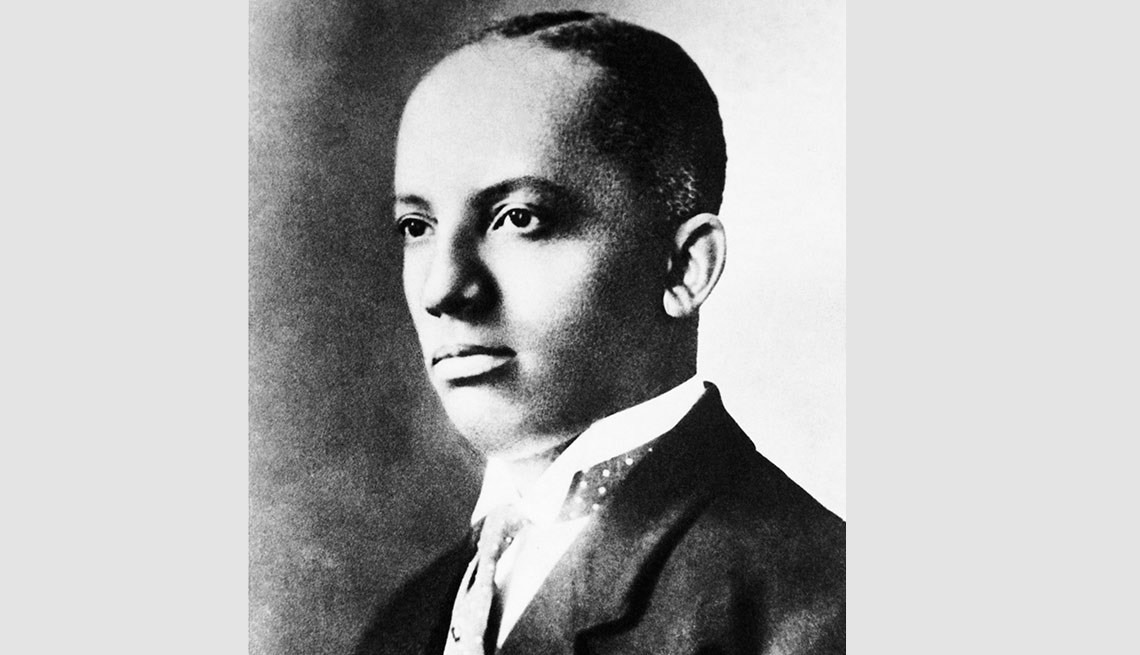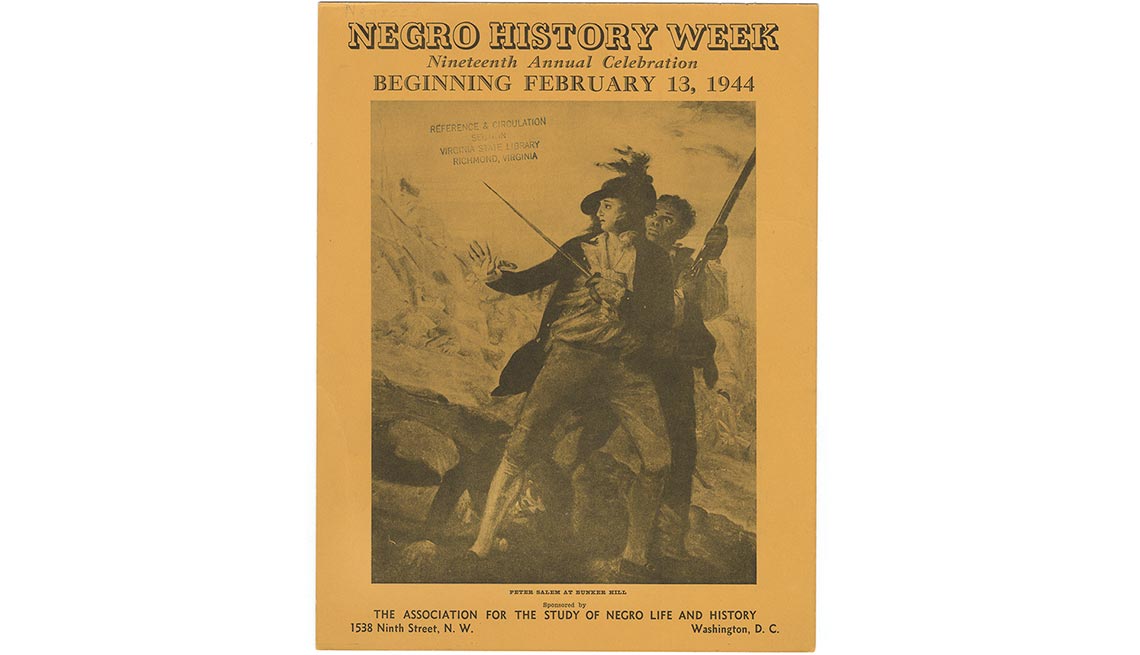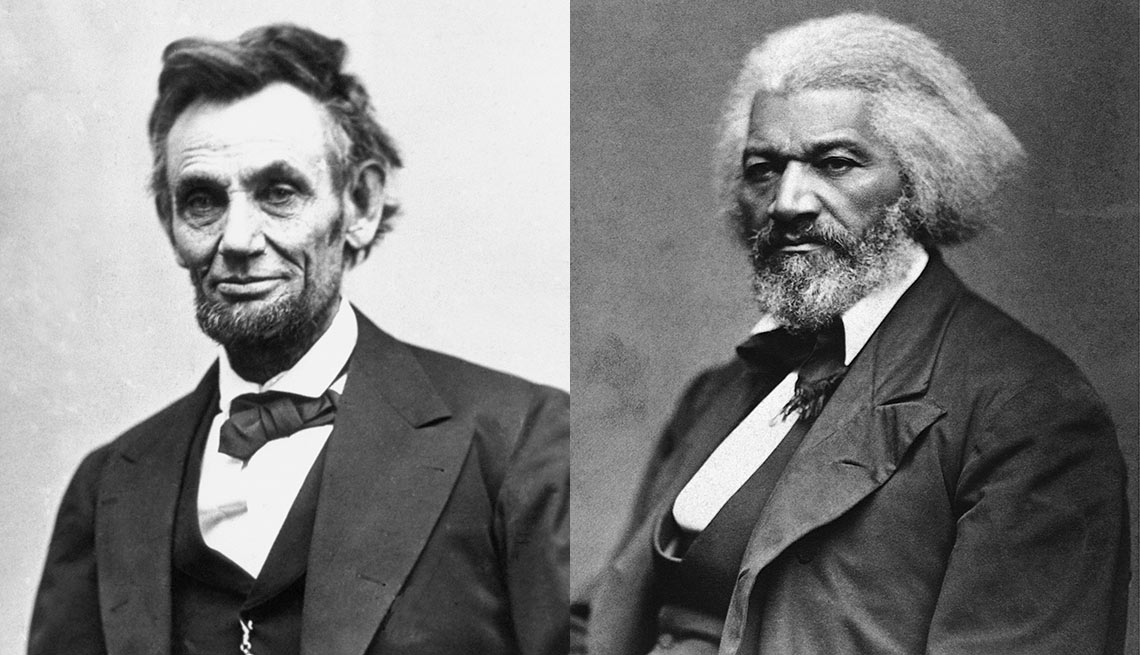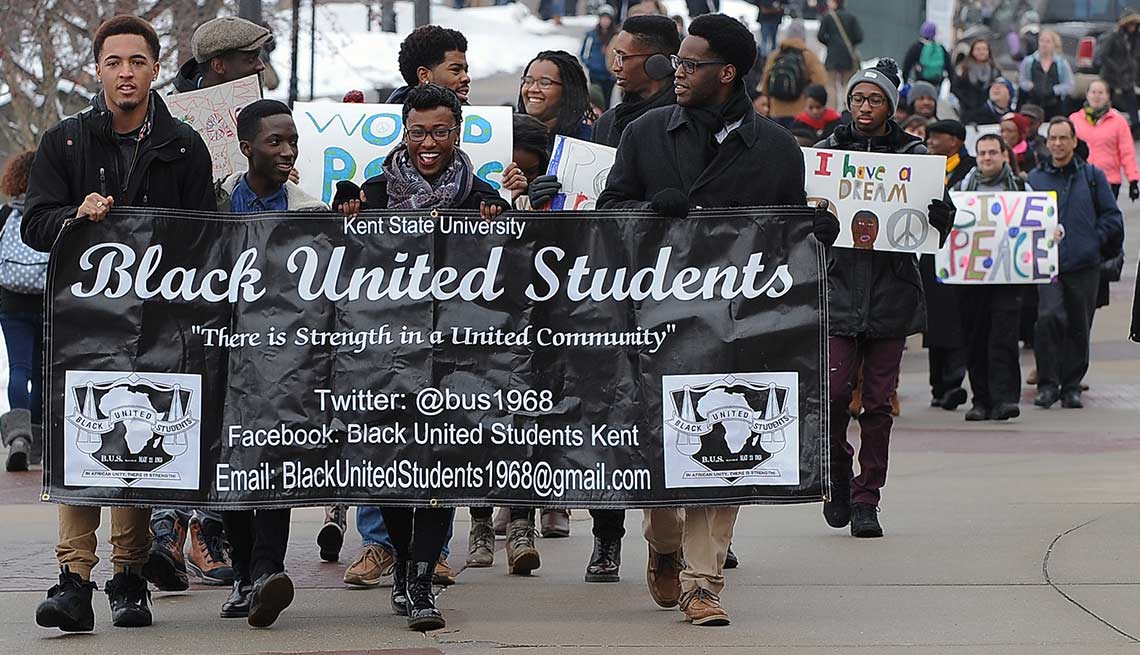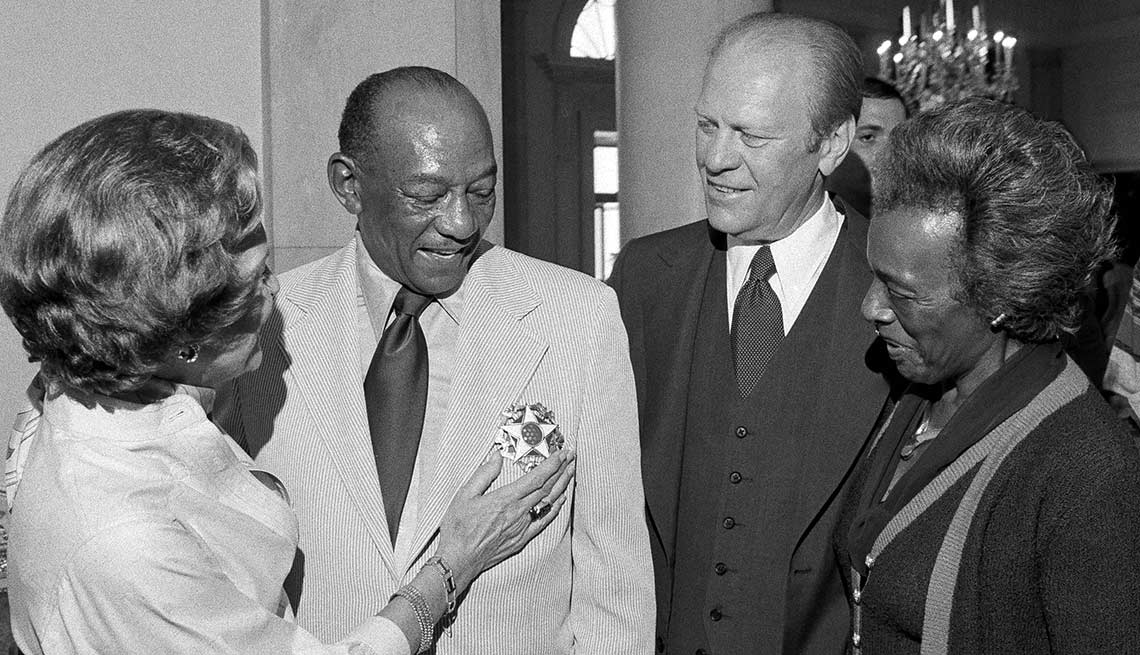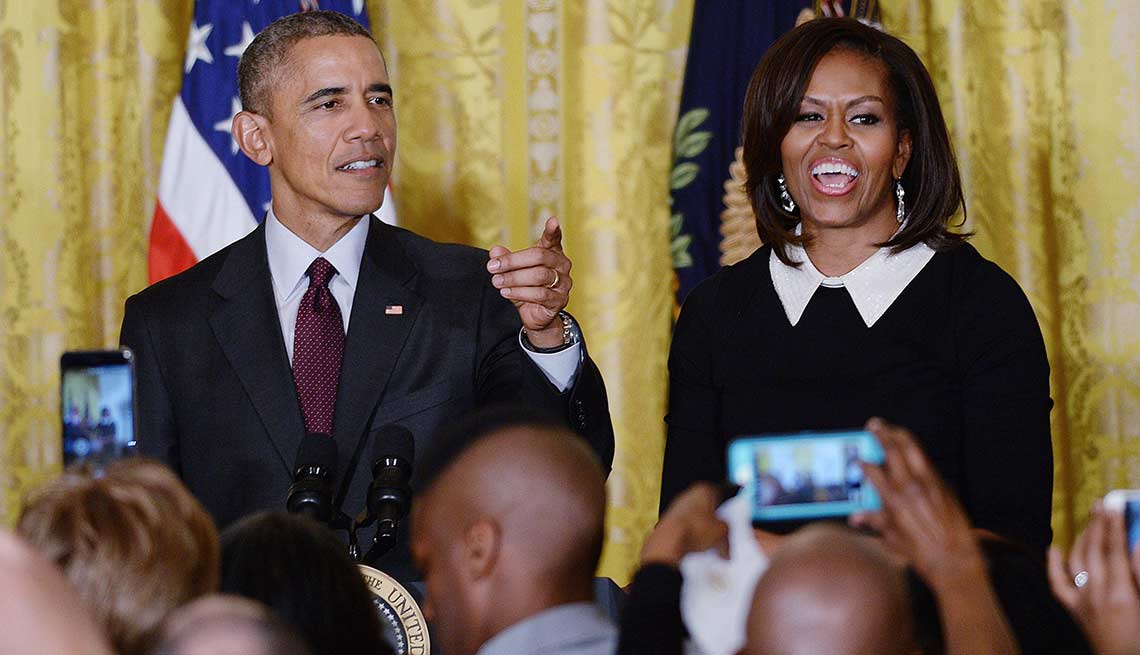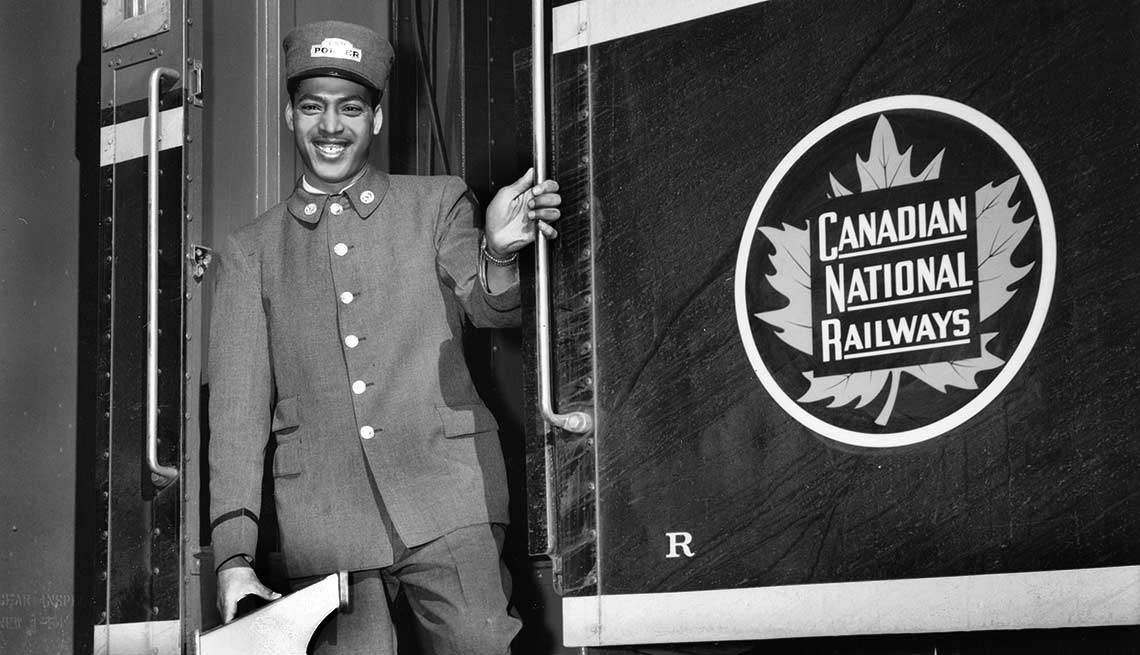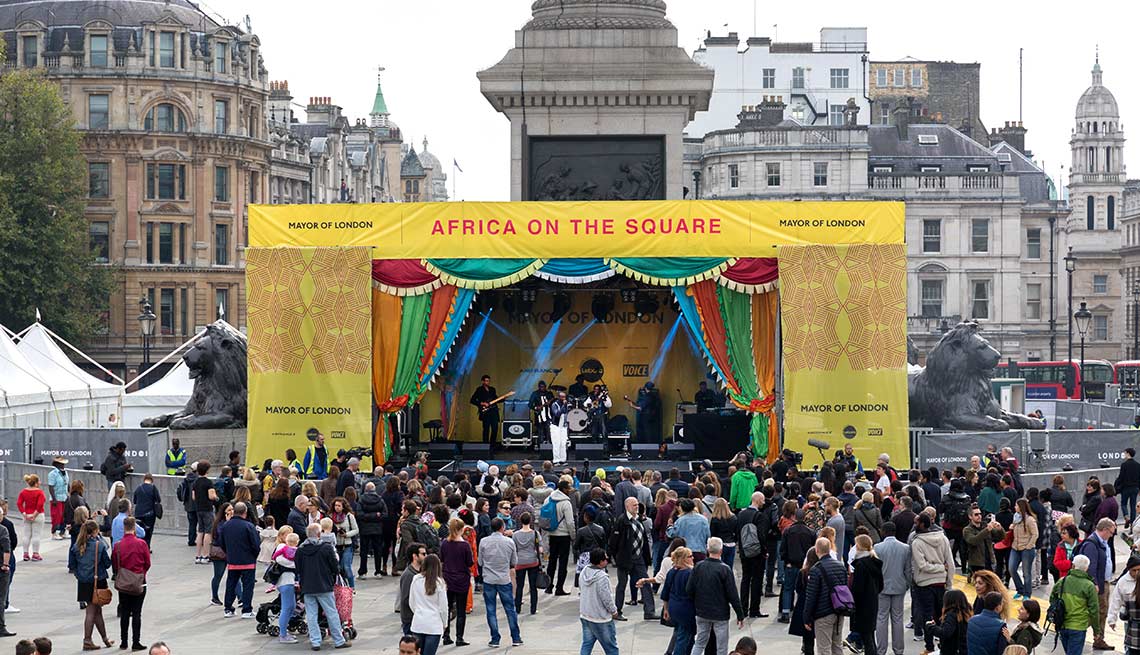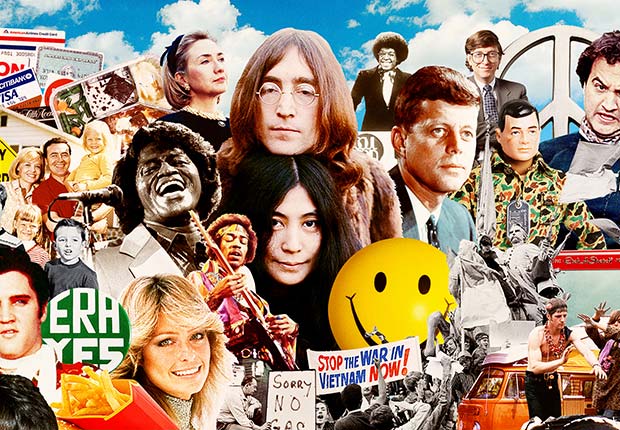92 Years of Black History Celebrations
Honoring the contributions of African Americans
by Cheryl Bond-Nelms, AARP
-
Corbis
The Evolution of African American History Month
En español | The annual tradition of paying tribute to black history in the United States began in the second week of February 1926 in Washington, D.C. Canada, Germany and the United Kingdom also hold their own commemorations. Here’s how it all started.
1 of 11 -
Corbis
Weeklong Commemoration
Recognizing the accomplishments of African Americans began in 1926 with Negro History Week, a commemoration launched by historian Carter G. Woodson and the Association for the Study of Negro Life and History.
2 of 11 -
The Library of Virginia
Focus on Public Education
The weeklong effort was intended to encourage coordinated teaching of black history among public school systems. It enjoyed cooperation from education departments in North Carolina, Delaware and West Virginia, as well as the school administrations of Baltimore and Washington.
3 of 11 -
Corbis
Why February?
Woodson chose the second week of February to coincide with and pay homage to the birthdays of Abraham Lincoln (1809) and Frederick Douglass (1818). He credited the two for bringing an end to slavery in America.
4 of 11 -
Kent State University
From a Week to a Month
In 1969, the Black United Students at Kent State University in Ohio proposed expanding the celebration to a month. The university agreed to do so the following year.
5 of 11 -
AP
U.S. Makes It Official
With support from President Gerald Ford (pictured here with First Lady Betty Ford and Medal of Freedom recipient, Jesse Owens), the federal government officially recognized Black History Month in conjunction with the 1976 U.S. bicentennial celebration.
6 of 11 -
Robert Deutschman
AARP Offer: Remember the past, help shape the future
Share your stories and help advocate for political support to protect your future. Join AARP to support living with dignity and purpose.
7 of 11 -
Alamy
Presidential Proclamation
Every successive president has followed Ford’s lead, including Barack Obama, who made history as the first African American president.
8 of 11 -
National Film Board of Canada
Canada Joins In
Canadian railroad porters who traveled through the United States were the first to bring back the idea of celebrating black history. By 1950, unofficial observances began in Toronto. By 1979, the Ontario Black History Society petitioned the Toronto city government to proclaim February as Black History Month; the Parliament of Canada made it official in 1995.
9 of 11 -
Alamy
Celebrations in Europe
The United Kingdom began celebrating Black History Month in 1987 to salute the contributions of Africa and African people. October was selected because of its importance to the African calendar, the equinox and harvest. London was the first British city to recognize the commemoration. The Initiative of Black People in Germany began celebrations in 1990.
10 of 11 -
11 of 11

